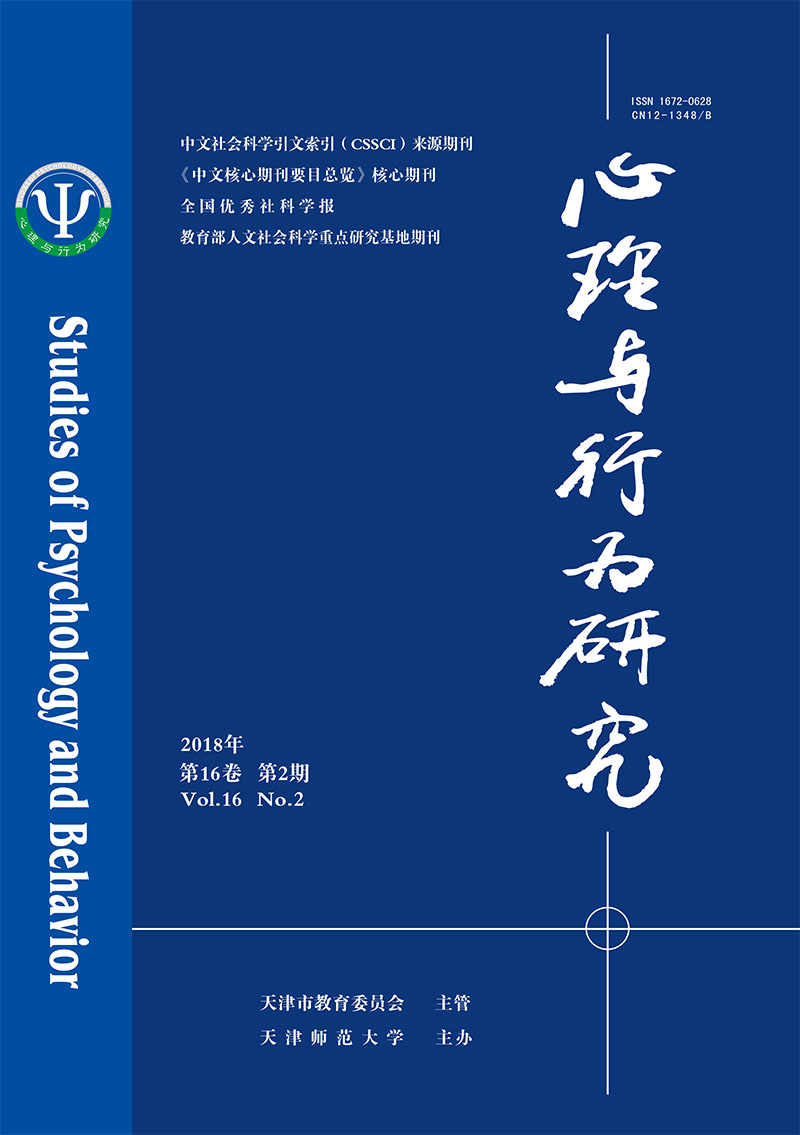|
|
Experimental Study on Facial Expression Recognition of Children with Autism by Facial Expression Intensity
GUO Wenbin, CHEN Jiadan, ZHANG Liang
2018, 16(2):
157-163.
In order to explore the ability and the difference of the emotion types of the children with autism in the recognition of low intensity (10%, 30%), moderate intensity (40%, 60%) and high intensity (70%, 90%) of anger and happy facial expressions. The expression label paradigm, using E-Prime software on the computer show different strength of synthetic 3D facial expression stimulus, respectively for 10 autistic disorder children and 10 normal child development and 10 mentally retarded children were experimentally investigated. Results found that autistic disorder children in low intensity expression is a dysfunction in recognition of emotional facial expressions, the different strength of facial expression recognition correct rate was significantly lower than that of mentally retarded children and normal development of children; autistic disorder children with facial expression recognition correct rate and facial expression intensity was positively related, facial expression intensity bigger, autistic disorder children with facial expression recognition correct rate is higher; autistic disorder in children of low intensity of facial expression recognition, to happy expression recognition correct rate is higher than the expression of anger, however, in strength and high strength for facial expression recognition, there significant anger superiority effect.
|

